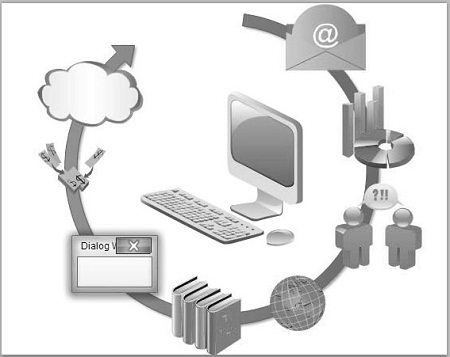Boot Sector The first sector on a FLOPPY DISK or HARD-DISK formatted for the MS-DOS operating system, which records the number of HEADS,CYLINDERS and SECTORS per cylinder used on that disk. This information is needed by the disk controller to access data on the drive, and the boot sector is located at head 0, cylinder 0, sector 0, so the controller can always find it regardless of how the drive is formatted. Other operating systems such as UNIX also reserve a special sector for such initialization information, but it is typically in a different form, so one operating system can rarely boot from another disk.
[/vc_column_text][/vc_column][/vc_row]
